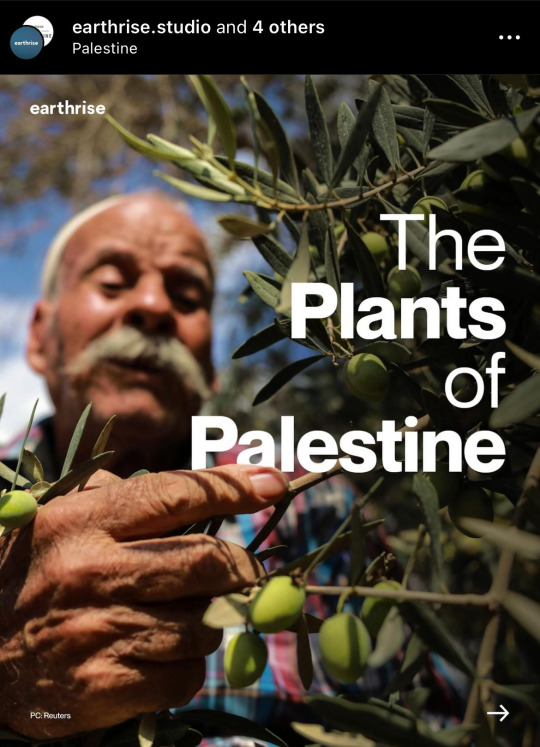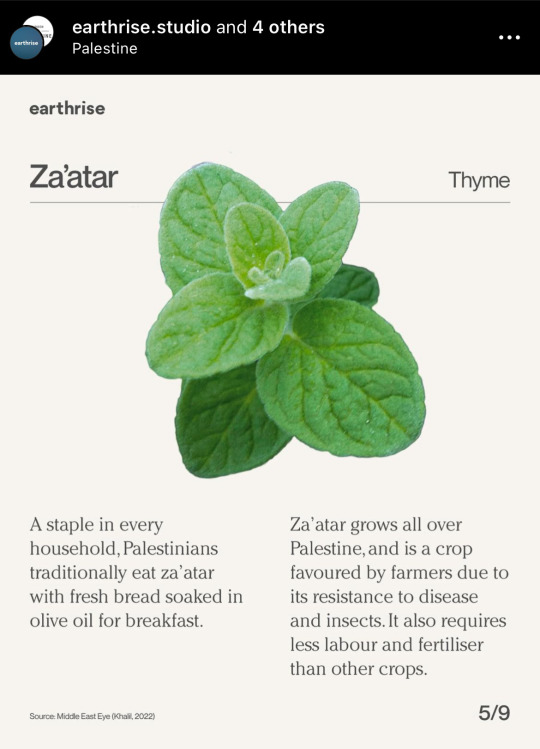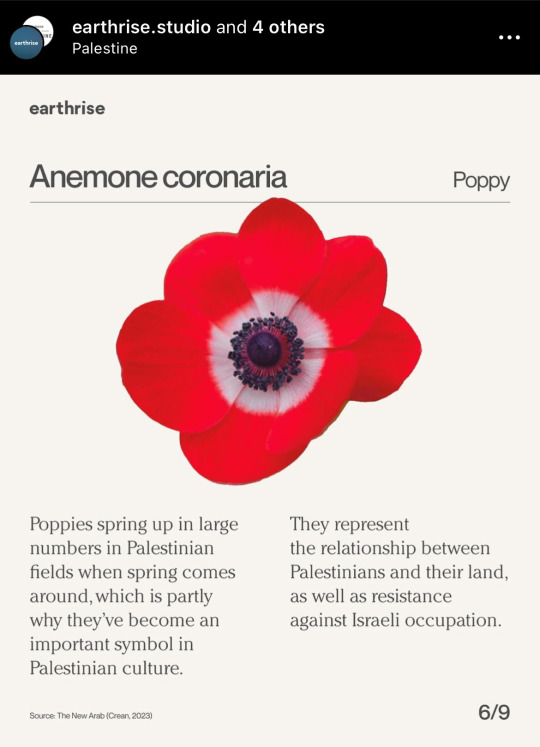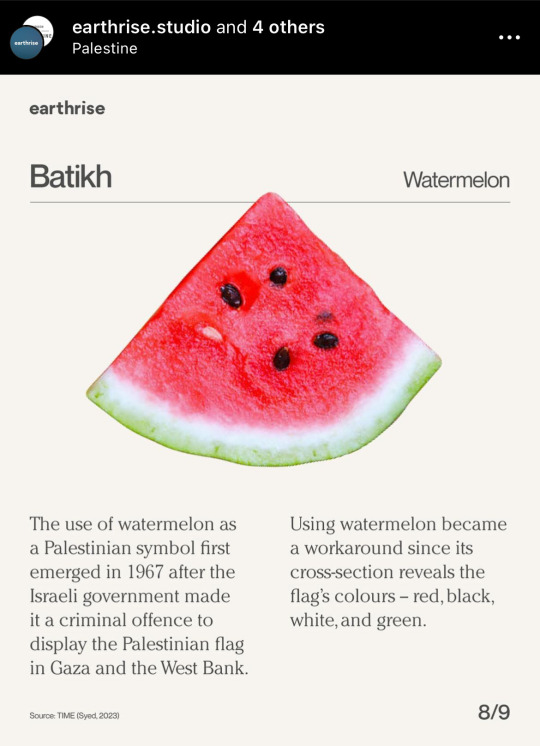#Indigenous
Text
#meow#ruby rose#davekat#chat blanc#lee jong suk#gouache#kathy drayton#stayc#naturist#jack daniels#brooklyn 99#picrew#osomatsu san#fallout 3#indigenous
137 notes
·
View notes
Text
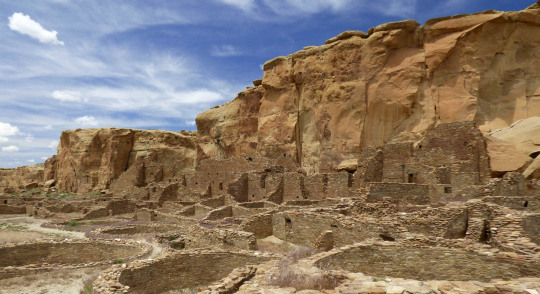

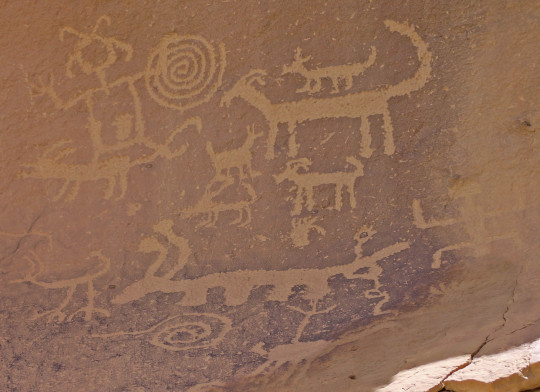


Chaco Canyon is one of the most inaccessible National Parks in the country. Although it is well-known, there is no easy way to get there and there are no amenities once you arrive. The closest town is 60 miles away. There’s a gas station on the main road, near where you turn off on Highway 550. That’s the last opportunity for gas, water, snacks, sunscreen and supplies.
Furthermore, there is no good road to Chaco Canyon. Bluntly, it feels like an Indiana Jones expedition the moment you turn off the main road. The jolting journey evolves from a deceivingly decent dirt road to not so good to face rattling off your skull for a couple of miles. Also, there's a large wash on the way, which can become impassable during heavy storms. Don’t be daring, because there’s no cell phone reception either.
#Native American#New Mexico#roadtrip#NativeAmerican#history#heritage#tradition#culture#daytrip#virtualtravel#instatravel#travelgram#NewMexico#historygeek#offthebeatentrack#leavenotrace#joltyourjourney#earthshotz#AncestralPuebloan#ChacoCanyon#indigenous#archaeology#anthropology#instagramersnm#igersnm
43 notes
·
View notes
Text




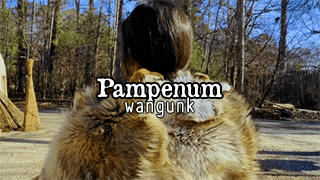
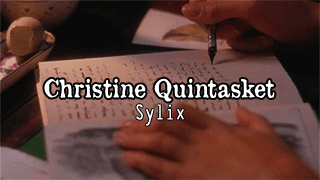


Historical Indigenous Women & Figures [6]:
Queen Nanny: the leader of the 18th century Maroon community in Jamaica, she led multiple battles in guerrilla war against the British, which included freeing slaves, and raiding plantations, and then later founding the community Nanny Town. There are multiple accounts of Queen Nanny's origins, one claiming that she was of the Akan people from Ghana and escaped slavery before starting rebellions, and others that she was a free person and moved to the Blue Mountains with a community of Taino. Regardless, Queen Nanny solidified her influence among the Indigenous People of Jamaica, and is featured on a Jamaican bank note.
Karimeh Abboud: Born in Bethlehem, Palestine, Karimeh Abboud became interested in photography in 1913 after recieving a camera for her 17th birthday from her Father. Her prestige in professional photography rapidly grew and became high demand, being described as one of the "first female photographers of the Arab World", and in 1924 she described herself as "the only National Photographer".
Georgia Harris: Born to a family of traditional Catawba potters, Harris took up pottery herself, and is credited with preserving traditional Catawba pottery methods due to refusing to use more tourist friendly forms in her work, despite the traditional method being much more labour intensive. Harris spent the rest of her life preserving and passing on the traditional ways of pottery, and was a recipient of a 1997 National Heritage Fellowship awarded by the National Endowment for the Arts, which is the highest honor in the folk and traditional arts in the United States.
Nozugum: known as a folk hero of the Uyghur people, Nozugum was a historical figure in 19th century Kashgar, who joined an uprising and killed her captor before running away. While she was eventually killed after escaping, her story remains a treasured one amongst the Uyghur.
Pampenum: a Sachem of the Wangunk people in what is now called Pennsylvania, Pampenum gained ownership of her mother's land, who had previously intended to sell it to settlers. Not sharing the same plans as her mother, Pampenum attempted to keep these lands in Native control by using the colonial court system to her advantage, including forbidding her descendants from selling the land, and naming the wife of the Mohegan sachem Mahomet I as her heir. Despite that these lands were later sold, Pampenum's efforts did not go unnoticed.
Christine Quintasket: also known as "Humishima", "Mourning Dove", Quintasket was a Sylix author who is credited as being one of the first female Native American authors to write a novel featuring a female protagonist. She used her Sylix name, Humishima, as a pen name, and was inspired to become an author after reading a racist portrayal of Native Americans, & wished to refute this derogatory portrayal. Later in life, she also became active in politics, and helped her tribe to gain money that was owed them.
Rita Pitka Blumenstein: an Alaskan Yup'ik woman who's healing career started at four years old, as she was trained in traditional healing by her grandmother, and then later she became the first certified traditional doctor in Alaska and worked for the Alaska Native Tribal Health Consortium. She later passed on her knowledge to her own daughters. February 17th is known as Rita Pitka Blumenstein day in Alaska, and in 2009 she was one of 50 women inducted into the inaugural class of the Alaska Women's Hall of Fame
Olivia Ward Bush-Banks: a mixed race woman of African American and Montaukett heritage, Banks was a well known author who was a regular contributor to the the first magazine that covered Black American culture, and wrote a column for a New York publication. She wrote of both Native American, and Black American topics and issues, and helped sculptor Richmond Barthé and writer Langston Hughes get their starts during the Harlem Renaissance. She is also credited with preserving Montaukett language and folklore due to her writing in her early career.
part [1], [2], [3], [4], [5] Transphobes & any other bigots need not reblog and are not welcome on my posts.
26 notes
·
View notes
Text
This is the Shulamit Music School in Tel Aviv. This school began in Jaffa in 1910 but soon moved to Tel Aviv. It was named after Shulamit Rupin, co-founder of the school, who passed away in 1912. 100% a Jewish music school. Arabs welcome, but not a Muslim business.
This photo was taken in 1914 by Avraham Soskin.
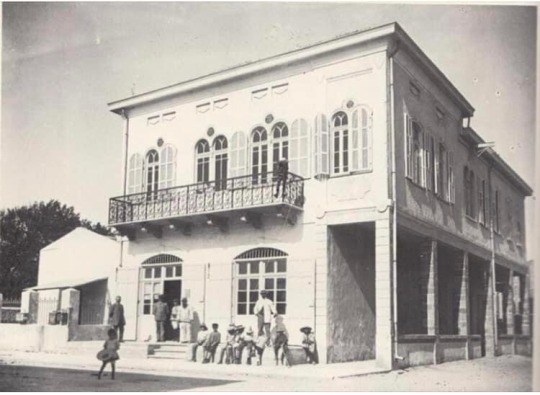
#tel aviv#jerusalem#israel#secular-jew#jewish#judaism#israeli#diaspora#secular jew#secularjew#islam#music school#shulamit#antisemitism#Judea is for the Jews#indigenous#Jews are indigenous to Judea
22 notes
·
View notes
Text
Shouting into the void, looking for other indigenous Tumblr people:
If you are also indigenous and chronically on Tumblr, I'd like to follow you. Who are you and who are your people?
I'm Monique Poirier/ Moniquill Blackgoose. I'm Seaconke Wampanoag. I'm an author and a phlebotomist, among other things.
18 notes
·
View notes
Text
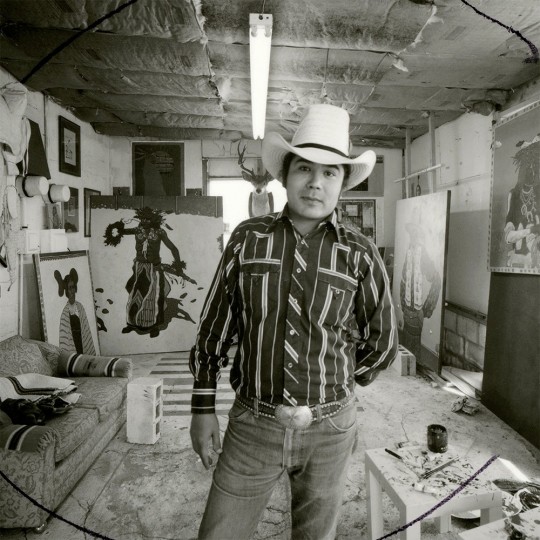
artist T.C. Cannon in his studio (1976)
15 notes
·
View notes
Text
a reminder that your advocacy for ending the occupation of Palestine should also extend to advocating for Indigenous and First Nations peoples' liberation in your own country. The anti-colonial struggle is a global one. Show up for Indigenous people everywhere you can because we are under occupation almost everywhere. Not to mention the Zionist occupation is supported almost exclusively by the colonial world powers. Your advocacy for the liberation for Palestine must go hand in hand with advocacy for First Nations liberation and Land Back.
22K notes
·
View notes
Text

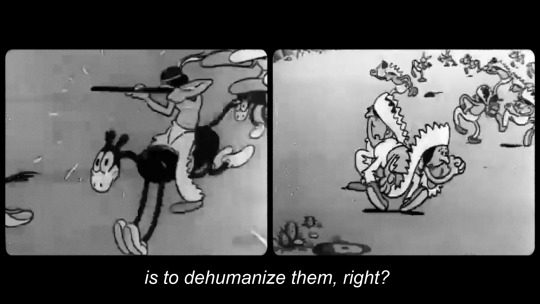
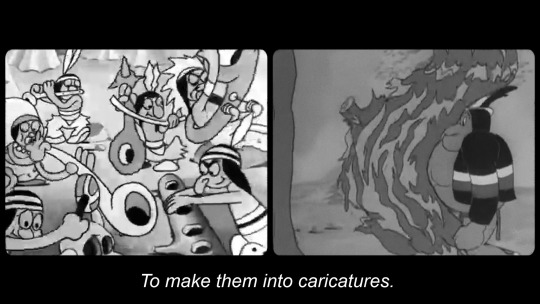
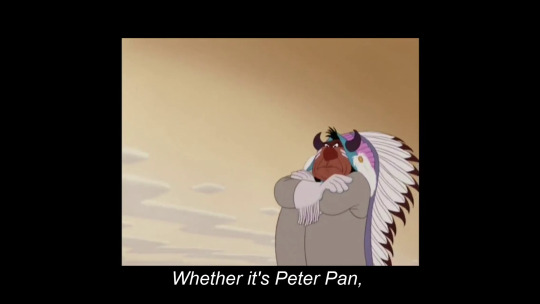



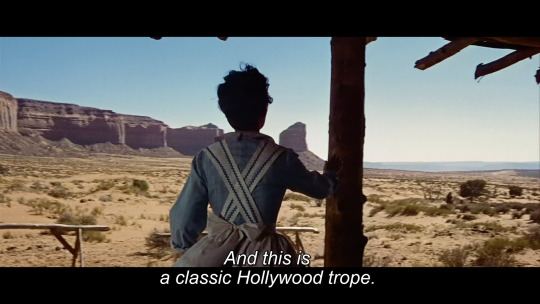

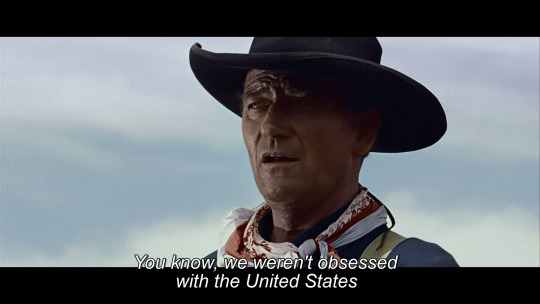
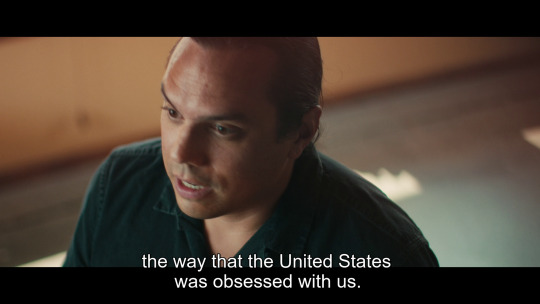
Lakota Nation vs. United States (Jesse Short Bull & Laura Tomaselli, 2022)
#lakota#indigenous#indigenous people#jesse short bull#laura tomaselli#female filmmakers#female directors#female directed films#women in film#native american#lakota nations vs. united states#documentary
36K notes
·
View notes
Text
Genocide experts warn that India is about to genocide the Shompen people
Who are the Shompen?
The Shompen are an indigenous culture that lives in the Great Nicobar Island, which is nowadays owned by India. The Shompen and their ancestors are believed to have been living in this island for around 10,000 years. Like other tribes in the nearby islands, the Shompen are isolated from the rest of the world, as they chose to be left alone, with the exception of a few members who occasionally take part in exchanges with foreigners and go on quarantine before returning to their tribe. There are between 100 and 400 Shompen people, who are hunter-gatherers and nomadic agricultors and rely on their island's rainforest for survival.

Why is there risk of genocide?
India has announced a huge construction mega-project that will completely change the Great Nicobar Island to turn it into "the Hong Kong of India".
Nowadays, the island has 8,500 inhabitants, and over 95% of its surface is made up of national parks, protected forests and tribal reserve areas. Much of the island is covered by the Great Nicobar Biosphere Reserve, described by UNESCO as covering “unique and threatened tropical evergreen forest ecosystems. It is home to very rich ecosystems, including 650 species of angiosperms, ferns, gymnosperms, and bryophytes, among others. In terms of fauna, there are over 1800 species, some of which are endemic to this area. It has one of the best-preserved tropical rain forests in the world.”
The Indian project aims to destroy this natural environment to create an international shipping terminal with the capacity to handle 14.2 million TEUs (unit of cargo capacity), an international airport that will handle a peak hour traffic of 4,000 passengers and that will be used as a joint civilian-military airport under the control of the Indian Navy, a gas and solar power plant, a military base, an industrial park, and townships aimed at bringing in tourism, including commercial, industrial and residential zones as well as other tourism-related activities.
This project means the destruction of the island's pristine rainforests, as it involves cutting down over 852,000 trees and endangers the local fauna such as leatherback turtles, saltwater crocodiles, Nicobar crab-eating macaque and migratory birds. The erosion resulting from deforestation will be huge in this highly-seismic area. Experts also warn about the effects that this project will have on local flora and fauna as a result of pollution from the terminal project, coastal surface runoff, ballasts from ships, physical collisions with ships, coastal construction, oil spills, etc.
The indigenous people are not only affected because their environment and food source will be destroyed. On top of this, the demographic change will be a catastrophe for them. After the creation of this project, the Great Nicobar Island -which now has 8,500 inhabitants- will receive a population of 650,000 settlers. Remember that the Shompen and Nicobarese people who live on this island are isolated, which means they do not have an immune system that can resist outsider illnesses. Academics believe they could die of disease if they come in contact with outsiders (think of the arrival of Europeans to the Americas after Christopher Columbus and the way that common European illnesses were lethal for indigenous Americans with no immunization against them).
And on top of all of this, the project might destroy the environment and the indigenous people just to turn out to be useless and sooner or later be abandoned. The naturalist Uday Mondal explains that “after all the destruction, the financial viability of the project remains questionable as all the construction material will have to be shipped to this remote island and it will have to compete with already well-established ports.” However, this project is important to India because they want to use the island as a military and commercial post to stop China's expansion in the region, since the Nicobar islands are located on one of the world's busiest sea routes.
Last year, 70 former government officials and ambassadors wrote to the Indian president saying the project would “virtually destroy the unique ecology of this island and the habitat of vulnerable tribal groups”. India's response has been to say that the indigenous tribes will be relocated "if needed", but that doesn't solve the problem. As a spokesperson for human rights group Survival International said: “The Shompen are nomadic and have clearly defined territories. Four of their semi-permanent settlements are set to be directly devastated by the project, along with their southern hunting and foraging territories. The Shompen will undoubtedly try to move away from the area destroyed, but there will be little space for them to go. To avoid a genocide, this deadly mega-project must be scrapped.”
On 7 February 2024, 39 scholars from 13 countries published an open letter to the Indian president warning that “If the project goes ahead, even in a limited form, we believe it will be a death sentence for the Shompen, tantamount to the international crime of genocide.”
How to help
The NGO Survival International has launched this campaign:
From this site, you just need to add your name and email and you will send an email to India's Tribal Affairs Minister and to the companies currently vying to build the first stage of the project.
Share it with your friends and acquittances and on social media.
Sources:
India’s plan for untouched Nicobar isles will be ‘death sentence’ for isolated tribe, 7 Feb 2024. The Guardian.
‘It will destroy them’: Indian mega-development could cause ‘genocide’ and ‘ecocide’, says charity, 8 Feb 2024. Geographical.
Genocide experts call on India's government to scrap the Great Nicobar mega-project, Feb 2024. Survival International.
The container terminal that could sink the Great Nicobar Island, 20 July 2022. Mongabay.
[Maps] Environmental path cleared for Great Nicobar mega project, 10 Oct 2022. Mongabay.
#shompen#genocide#stop genocide#india#indigenous#indigenous peoples#indigenous rights#human rights#anthropology#stateless nations#end occupation#andaman and nicobar islands#nicobar islands#great nicobar#💬#asia#geopolitics#ecocide#sustainability
17K notes
·
View notes
Text




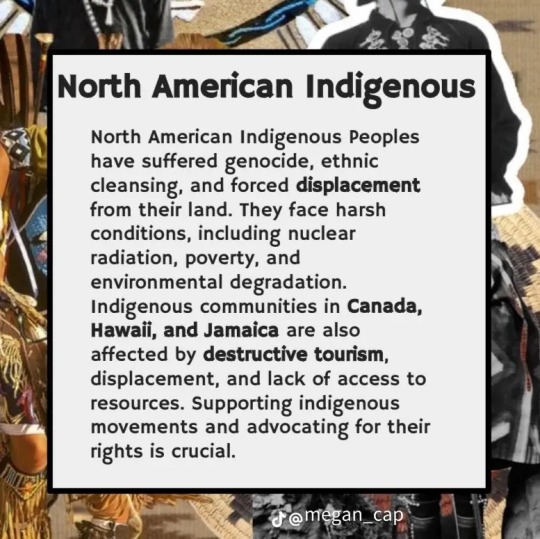
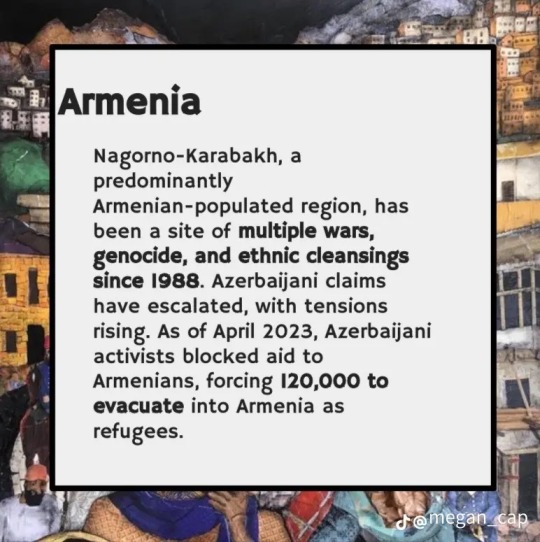

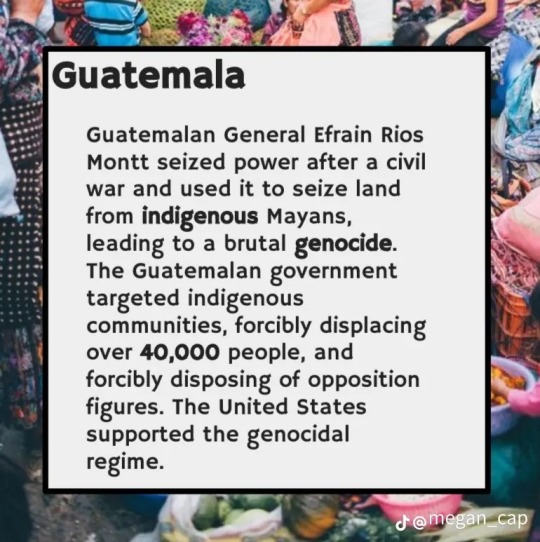
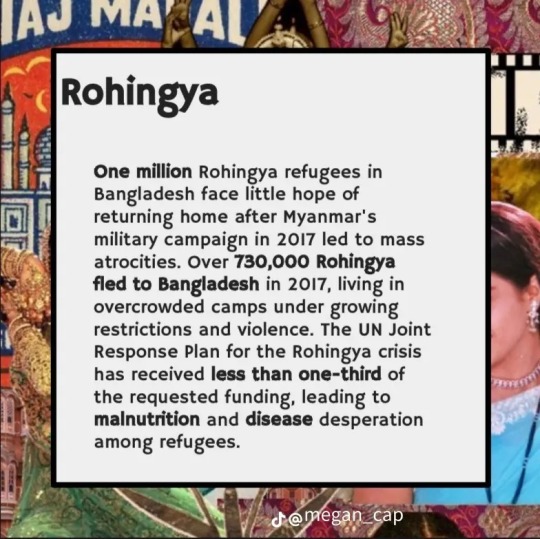
#free palestine#from the river to the sea palestine will be free#palestine#anti zionisim#expose israel#free congo#free sudan#no freedom till we are all free#indigenous#indigenous rights#armenia#Yemen#guatemala#Rohingya
21K notes
·
View notes
Text
I am not Palestinian, I am Indigenous American.
One hundred and forty six years ago my people were forced to move to Oklahoma, this event was known as the Ponca Trail of Tears. The land my people were forcibly moved to didn't have any proper shelter or food, so my people both froze and starved to the point we are a fraction of what we once were.
The government and schools don't talk about what America has done to my people, I only know because of my great-grandfather and his sister.
The American Government tried to take our identity away, our language is dying out. All because my people weren't living the same lifestyle the land stealers were living.
I stand with Palestine because I see Israel doing what America did to my people and the many Indigenous tribes. I know what it is like to have your identity and culture oppressed and to be dehumanized, and I refuse to let history repeat itself. I will continue to stand with Palestine even when I no longer walk the Earth.
#social justice#indigenous american#indigenous#i stand with palestine 🇵🇸#palestine#israel is committing genocide#israel is an apartheid state#from the river to the sea 🇵🇸#from river to sea palestine will be free#from the river to the sea palestine will be free#i stand with palestine#i stand with gaza#free gaza#save gaza#gaza#save palestine#indigenous supporting palestine
19K notes
·
View notes
Text
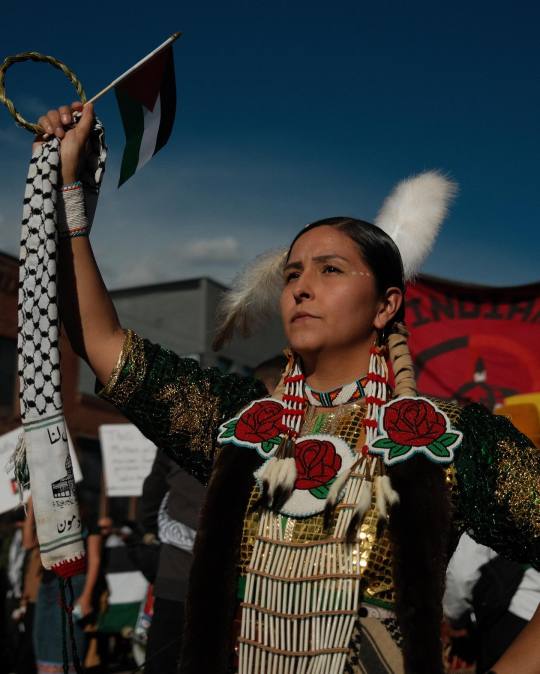

Native Americans march in solidarity with Palestine
Denver, Colorado USA
© Malek Asfeer
#Photography#People#Native American#Indigenous#USA#Palestine#Palestinian#Arab#America#American#Dener#Colorado#Folk dress
19K notes
·
View notes
Text
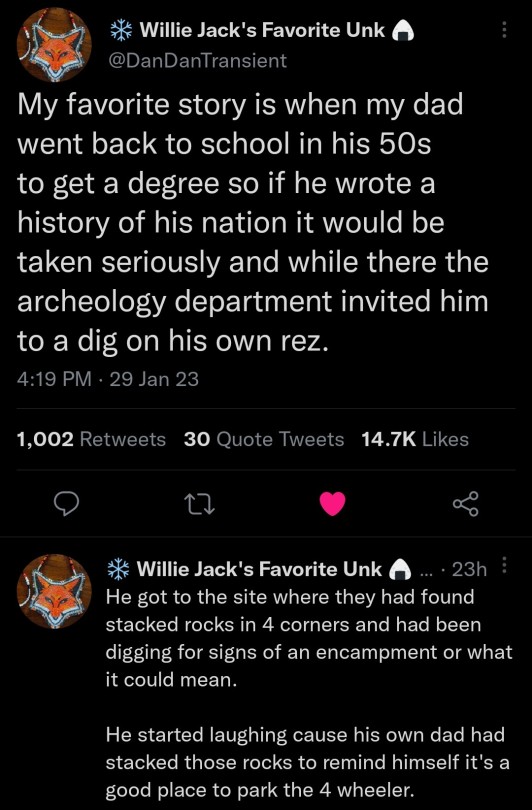
74K notes
·
View notes
Text
funds for indigenous communities affected by the canada wildefires *updated*
grassy narrows first nations (ontario) needs funds for an escape route
odawa first nations (quebec-ontario) is raising funds for evacuees
algonquins of barriere (mitchikanibikok inik in alberta) lake mutual aid request
you can drop donations for the odawa first nations at 815 st laurent blvd in ottawa
you can drop off food donations for mitchikanibikok inik at the ramada plaza in gatineau; you can also email info/@/health.rapidlake.com with mutual aid donations. please note that the maniwaki native friendship center is now closed to donations
if you’re directly affected, the pueblo action alliance has developed a guide for DIY filtration for the smoke
updates (as of 6 june 2023):
donate funds for evacuees from little red river cree nation (via kahkakow)
k'atl'odeeche first nations needs funds to rebuild homes and businesses lost (via aelabee)
i’ll update this as i find more fundraising initiatives and please free to share your own. reblogs with anything than sharing resources/mutual aid requests/fundraising opportunities get blocked.
#canada wildfires#mutual aid#fundraising#indigenous#signal boost#for the sake of this post i am a white canadian settler and have not see any comprehensive list on this website yet which is why im posting
29K notes
·
View notes
Text

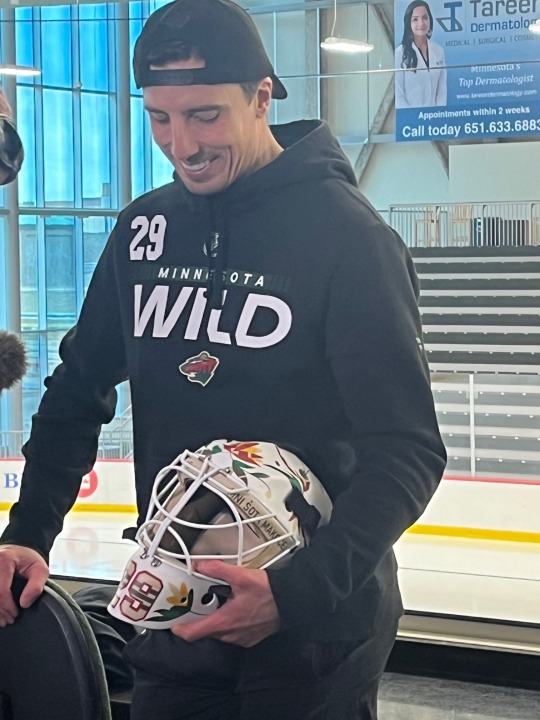

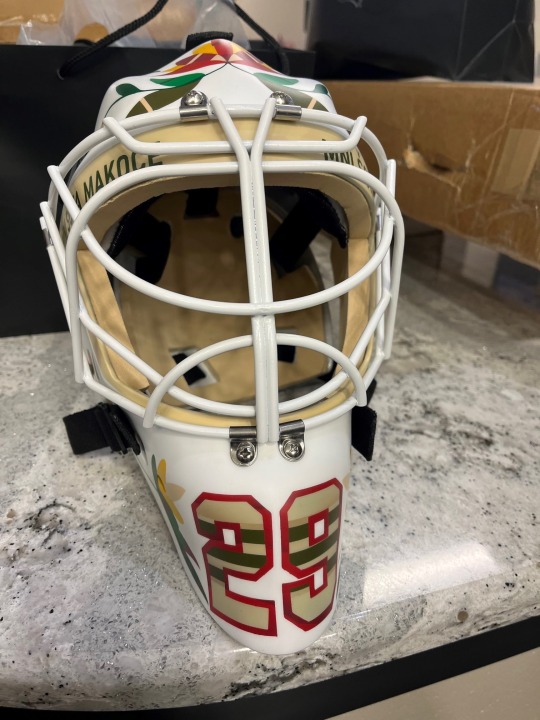
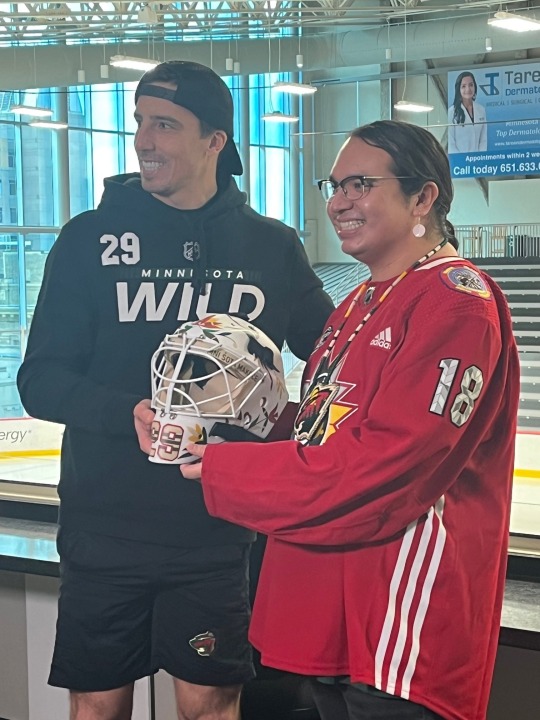




the trend of nhl players pushing back against the nhl’s dumb toxic rules is lovely to see
13K notes
·
View notes
